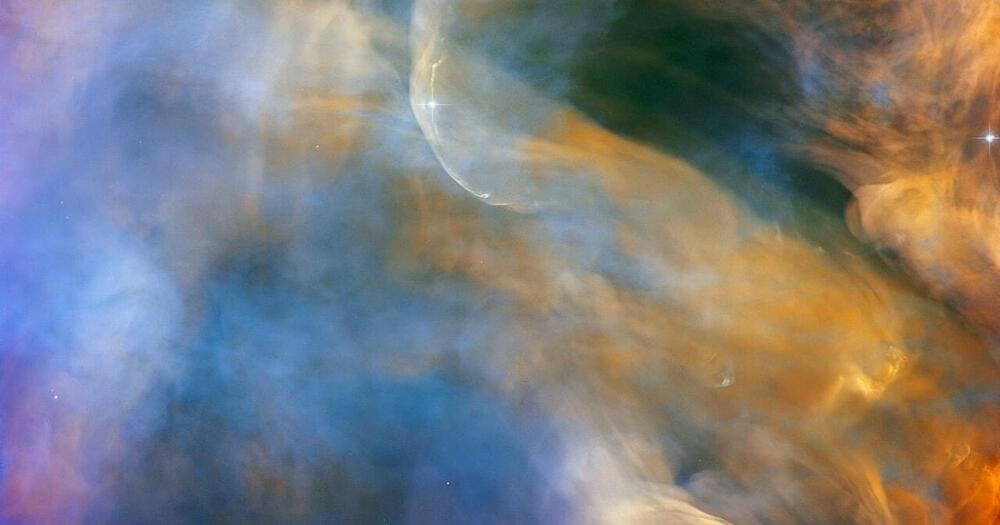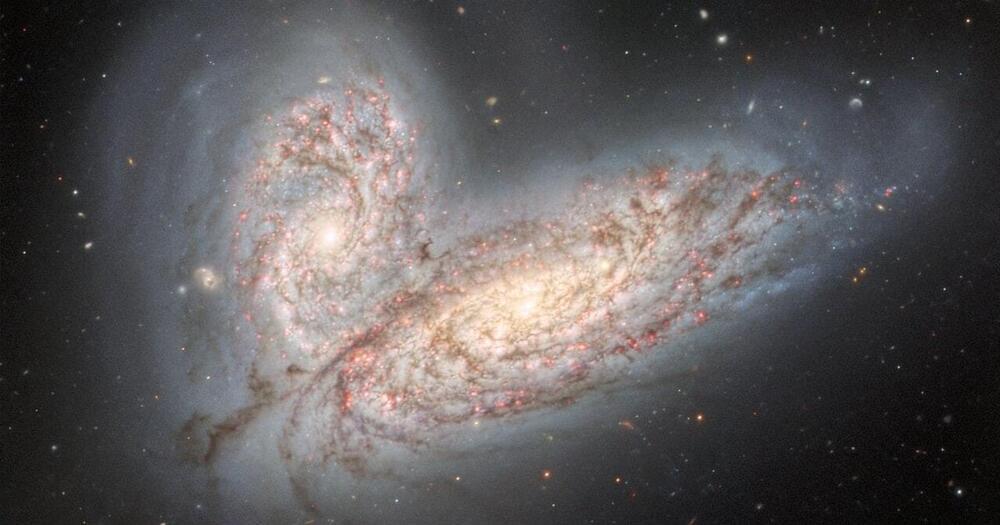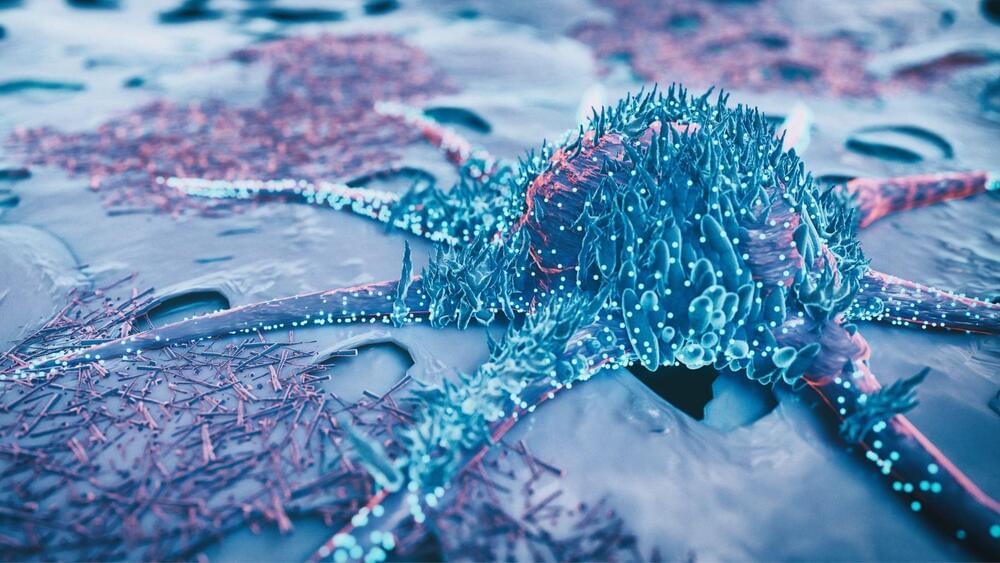
Get the latest international news and world events from around the world.




A small robot on the ISS will practice performing surgery in space
A surgical tool currently in clinical trials will slice fake flesh in space — providing groundbreaking new tech for space-based medical emergencies.

ISPs spent $235 million on lobbying and donations, “more than $320,000 a day”
The biggest Internet service providers and their trade groups spent $234.7 million on lobbying and political donations during the most recent two-year congressional cycle, according to a report released yesterday. The ISPs and their trade groups lobbied against strict net neutrality rules and on various other telecom and broadband regulatory legislation, said the report written by advocacy group Common Cause.
Of the $234.7 million spent in 2019 and 2020, political contributions and expenditures accounted for $45.6 million. The rest of it went to lobbying expenditures.
Comcast led the way with $43 million in lobbying and political contributions and expenditures combined during the 2019–2020 cycle, the report said. The highest-spending ISPs after Comcast were AT&T with $36.4 million, Verizon with $24.8 million, Charter with $24.4 million, and T-Mobile with $21.5 million. “The dollar amounts are shocking,” the report said. “In total, these corporations spent more than $234 million on lobbying and federal elections during the 116th Congress—an average of more than $320,000 a day, seven days a week!”
…and yes SpaceX/Starlink is on the list just about Everyone is.
My Favorite site for transparency, however is opensecrets.
FCC lobbying https://www.opensecrets.org/federal-lobbying/agencies/summary?id=053
Scientists build a magnet in China that is a million times stronger than Earth’s magnetic core
The 45.22-tesla magnet sits just shy of the record for the world’s most powerful magnet.
China started using the world’s most powerful magnet for scientific research. The magnet is roughly the size of a coin, but creates an impressive 45.22-tesla magnetic field.
The world’s most powerful magnet ever (45.5 tesla) was developed by the National High Magnetic Field Laboratory in the U.S.
Steady High Magnetic Field Facility (SHMFF)
The magnet is said to be roughly the size of a coin, with a diameter of 33mm. Despite its modest size, it creates a stable magnetic field of 45.22 tesla, which is more than a million times stronger than the Earth’s magnetic field.
Artemis I: Here’s everything you need to know about NASA’s moon mission
NASA/MSFC
The momentous launch has been years in the making. NASA finally means to send its Orion capsule on its journey to the moon and back this month after a long string of delays exacerbated by concerns that the project had gone wildly over budget.
This stunning image shows a “golden swirl” of newly born stars in a distant galaxy
The latest image from the ESO’s Very Large Telescope reveals a distant galaxy that is full of freshly created and highly energetic stars.
ESO has just released a new image of a distant galaxy full of baby stars.
The image is, frankly, breathtaking.
They have to glean more information on how stars actually form.
In a new image released by the European Southern Observatory (ESO), an extraordinarily high rate of star formation has been caught on camera by the Very Large Telescope. The baby stars, according to the ESO, are produced by dazzling, golden swirling clouds of gas, which are all shown in the stunning new image.
Full Story:

Breakthrough study creates 3D genetic map of prostate cancer like never before
In a new study published in Nature, researchers have developed a breakthrough technique called spatial transcriptomics, which allows scientists to map tumors non-invasively and at an unprecedented resolution depth. For the first time, researchers have created a three-dimensional map of a whole prostate to an unprecedented resolution, including areas of healthy and cancerous cells. Surprisingly, the study revealed that individual prostate tumors contain a range of genetic variations, which until this point were unknown.
“We have never had this level of resolution available before, and this new approach revealed some surprising results,” said Alastair Lamb of Oxford’s Nuffield Department of Surgical Sciences, who jointly led the study.